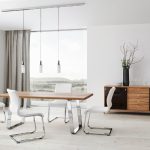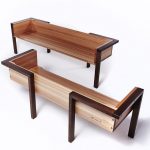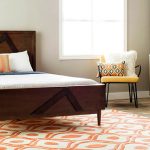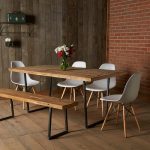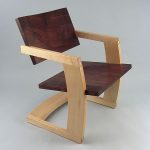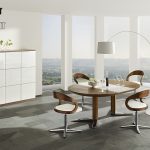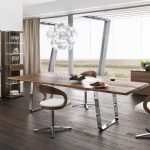Modern furniture design has seen a significant evolution in recent years, with a shift towards more sleek, minimalist, and innovative styles. These trends have been heavily influenced by a desire for functionality, sustainability, and a more contemporary aesthetic. As a result, designers are constantly pushing the boundaries of traditional furniture design to create pieces that are both beautiful and practical.
One of the most notable trends in modern furniture design is the use of sustainable and eco-friendly materials. With a growing awareness of the environmental impact of traditional manufacturing processes, many designers are opting for materials such as reclaimed wood, recycled plastic, and bamboo. These materials not only help reduce waste but also add a unique and rustic touch to furniture pieces.
Another trend that has gained popularity in recent years is the use of modular furniture. These pieces are designed to be easily reconfigured and adapted to different spaces and needs. This flexibility allows for greater versatility and creativity in home design, as consumers can mix and match different modules to create a custom look.
In terms of aesthetics, the trend towards minimalism continues to dominate the modern furniture scene. Clean lines, simple shapes, and neutral color palettes are all hallmarks of minimalist design. This style not only creates a sense of calm and sophistication in a space but also allows for maximum functionality and usability.
One particular design trend that has been making waves in the furniture industry is the use of mixed materials. Combining contrasting materials such as metal and wood, glass and concrete, or leather and fabric adds visual interest and texture to furniture pieces. This trend brings a contemporary and edgy vibe to modern furniture, creating a dynamic and multi-dimensional look.
Lastly, technological advancements have played a significant role in the evolution of modern furniture design. With the rise of smart home devices and connectivity, designers are incorporating innovative features such as built-in charging stations, LED lighting, and adjustable mechanisms into their furniture pieces. These additions not only enhance the functionality of the furniture but also cater to the needs of a tech-savvy generation.
In conclusion, modern furniture design continues to evolve and adapt to changing tastes, needs, and technologies. From sustainable materials to modular design to minimalist aesthetics, the trends in modern furniture reflect a desire for innovation, functionality, and style. With designers pushing the boundaries of traditional furniture design, consumers can expect to see even more exciting and cutting-edge pieces in the future.
 darbylanefurniture.com Interior design ideas with the latest interior inspiration
darbylanefurniture.com Interior design ideas with the latest interior inspiration


